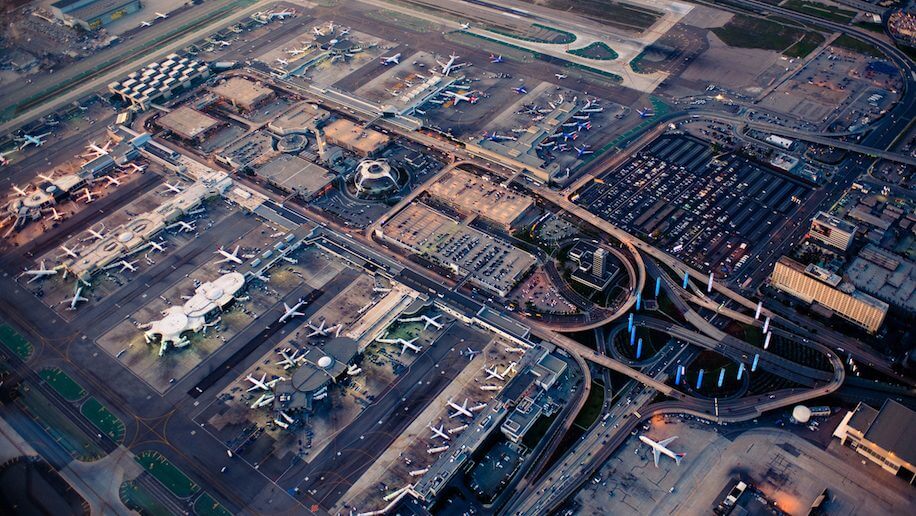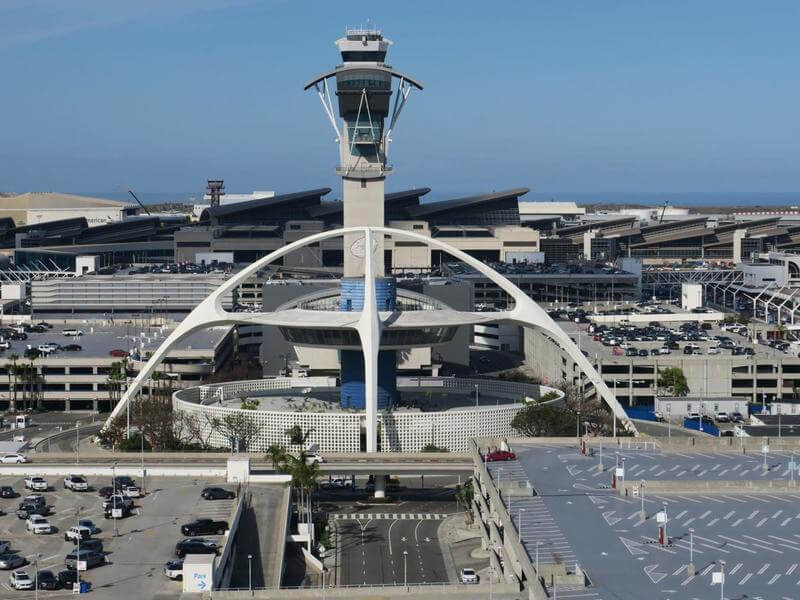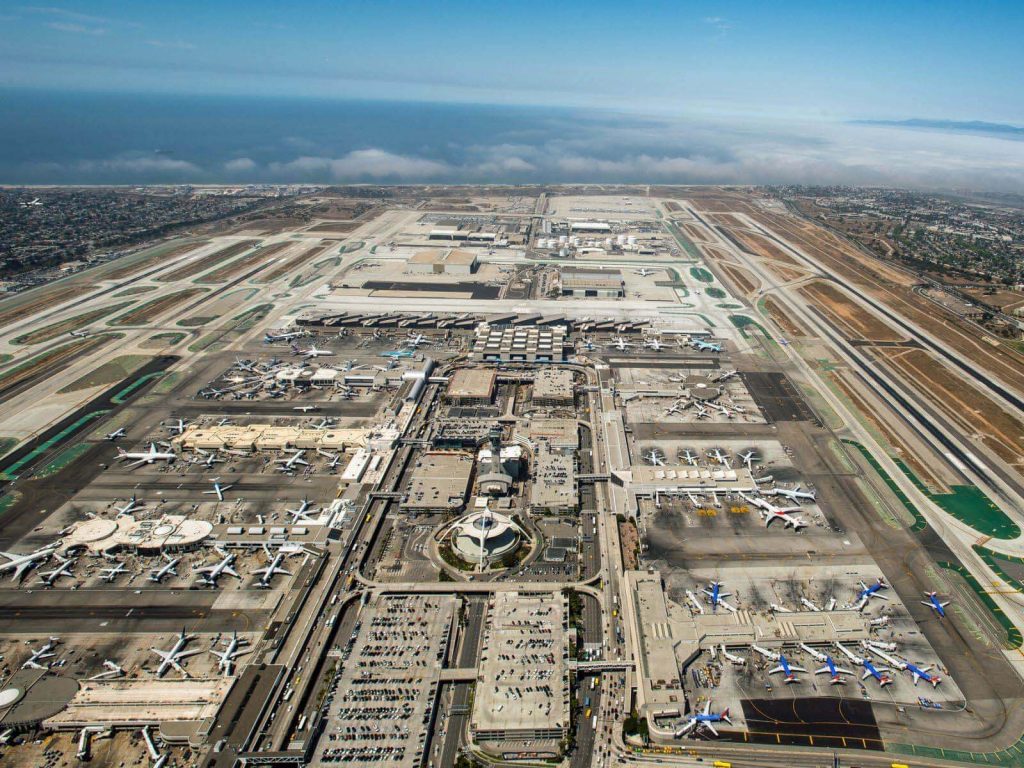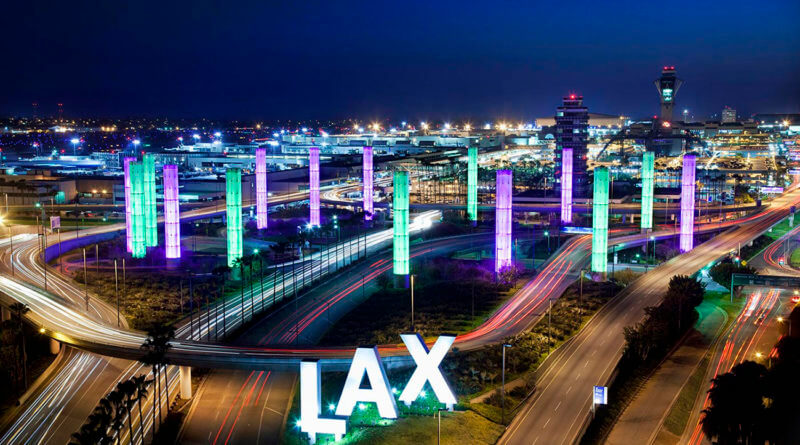Los Angeles International Airport is located in Los Angeles, California, USA. It is 18 miles (30 kilometers) southwest of downtown Los Angeles, and to the north is the commercial and residential area of Westchester. It is commonly called LAX, and it is the main international airport serving Los Angeles and its surrounding metropolitan area.
The airport is owned and operated by Los Angeles World Airport (LAWA), an agency of the Los Angeles government. The airport covers an area of 3,500 acres (1,400 hectares). LAX has four parallel runways.
In 2019, Los Angeles International Airport handled 88,068,013 passengers, making it the third busiest airport in the world and the second busiest in the United States after Hartsfield–Jackson Atlanta International Airport.

History
- In 1928, the Los Angeles City Council chose a new 640 acre (1.00 square mile; 260 hectare) airport in the southern area of West Chester. The first hangar was erected in 1929, the first hangar, and it was listed in the National Register of Historic Places.
- Mines Field opened as an airport in Los Angeles in 1930 and was purchased by the city government as a municipal airport in 1937. The name became Los Angeles Airport in 1941 and Los Angeles International Airport in 1949.
- In the 1930s, the main airlines were Burbank Airport in Burbank (then known as United Airlines Terminal, later called Lockheed) and Grand Central Airport in Glendale.
- In 1953, a tunnel was completed, allowing Sepulveda Boulevard to be restored straight and pass under two runways; this is the first tunnel of its kind. In the following years, the two runways were 8,500 feet (2600 m) long.
- The famous theme building of Los Angeles International Airport was built in 1962. The shape is similar to a flying saucer.

Los Angeles International Airport Terminal
There are 9 passenger terminals at Los Angeles International Airport, with a total of 132 gates arranged in the letter U or horseshoe shape.
The North Midfield Satellite Terminal is an extension of international flights arriving through the Tom Bradley Terminal and is scheduled to open in the summer of 2020. LAX has 2 million square feet (190,000 m 2) of cargo facilities and a heliport operated by Bravo Aviation.

Future development
LAWA currently has some plans to modernize LAX. These include improvements to the terminal and runway, which will improve the passenger experience, reduce congestion, and provide the airport with access to the most advanced ultra-large passenger aircraft; this will increase the total gates at Los Angeles International Airport from 132 to 165. Cost 14 billion US dollars.

Los Angeles International Airport Data
- Country
- America
- Region
- North America
- Status
- In use
- Location
- Westchester, Los Angeles, California, U.S.
- Official website
- flylax.com
- Operator
- Los Angeles World Airports
- Began
- 1928
- Opened
- 1930
- Airport type
- Public
- Airport code
- IATA: LAXICAO: KLAXFAA LID: LAXWMO: 72295
- Airport area
- 3459 acres / 14 km²
- Runway length
- 1*2721 m,1*3318 m, 1*3939 m, 1*3382 m
- Passenger traffic
- 88 million(2019)
- Freight volume
- 133,900 tons (2012)
- Takeoffs and landings
- 691,257 sorties (2019)
View Los Angeles International Airport on Google Satellite Map
Google satellite maps allow you to see building details more clearly, including natural landscapes such as mountains, rivers, deserts, sea and man-made engineering buildings.
If you are very interested in this engineering building, it is a good idea to click below Google Map icon. We will help you jump to the corresponding location of this building or engineering on Google satellite map.






























































